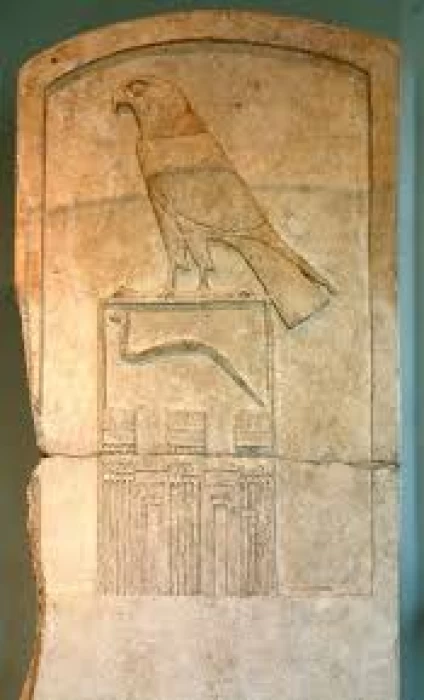
King Djet
King Djet
Around 2941-2930 BC, the fourth Egyptian pharaoh of Dynasty I was Dyet, also known as Uadye, the "serpent".
Calling him Uenephis, Manetho attributes his reign to Sextus Julius Africanus (23 years) or Eusebius of Caesarea (42 years). Vavenephys reigned for forty-two years, according to the Armenian translation of Eusebius. A part of the Palermo Stone that was lost due to damage contained information about his reign.
Manetho states that during the reign of this king, there was a great famine but the Palermo Stone, which reports the flood levels of the Nile (a circumstance closely linked to the lack of the wealth of agricultural production), is broken precisely in correspondence with the reign of Djet.
Based on the rarity of elements in the archaeological documentation, which could indicate the lesser importance of this king compared to others of the first dynasty, many scholars believe that the duration of the reign of Djet is be estimated between five and ten years unlike what Manetho seems to attribute to him.
King Djet is known, with certainty, of the burial in the necropolis of Umm El Qa'ab, near Abydos, (tomb Z) while what is traditionally associated with him in Saqqara is probably the mastaba of a high official of the court.
Outside the tomb, there was a stele erected so the visitors could pay tribute to the dead king. This famous 1.43 m tall stele is better known as the Stele of the Serpent King and is now located at the Louvre.
Cairo Top Tours offers you everything you need to know about the history of Egypt. our knowledgeable team can assist you with your travels in Egypt. Choose from our selection of travel packages to customize your trip, or make the most of a short visit by exploring Egyptian history and culture through private tours in Cairo. We are here to help make your experience in Egypt unforgettable.














